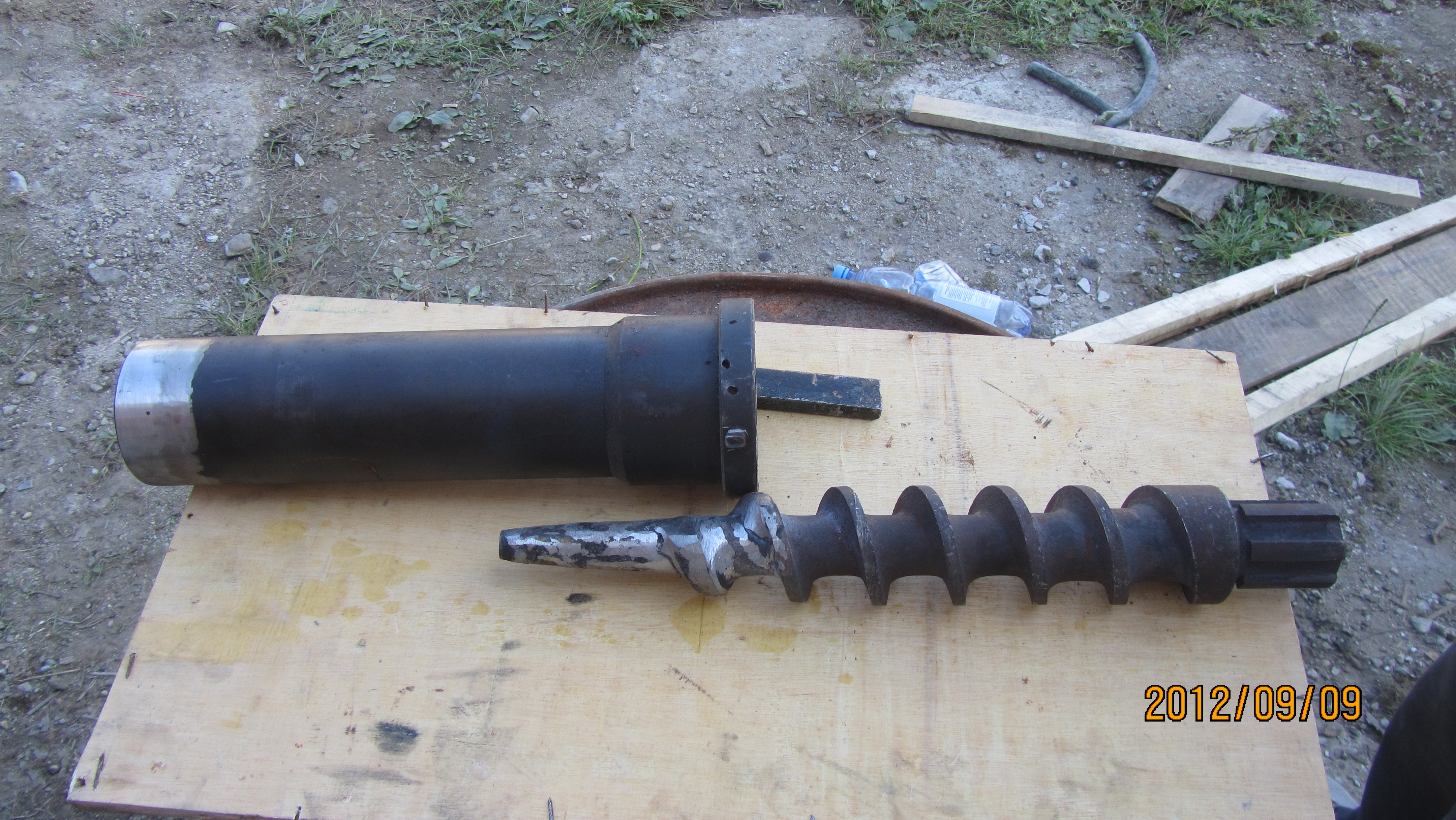How to Handle Briquette Machines to Make Better-quality Briquettes
Within the process of briquetting, briquette machines are the main equipment where raw material will be formed into briquettes. Therefore, the control of operation of briquette machines counts the most, during which briquette fissure may however occurs. We would like hereby to analyze the causes for your reference.
Mechanically, raw material, namely mealy material, will be squeezed in the condition of high temperature and pressure. The pressure resources stem from two parts, one from the propeller driven by motor and the other from squeezing force mutually exerted by the propeller and the inwall of sleeve.
Link to what is called propeller
Technically, the former maintains more powerful than the latter to achieve speedy briquetting from which yield can be guaranteed. Besides, density of briquettes remains in direct proportion to the squeezing force jointly formed by the propeller and the inwall of the sleeve. The stronger the force goes, the higher the briquette density will be formed. However, the point is to maintain the most appropriate ratio between the two. Hence, there are two ways to realize it.

In the first place, specifically, the radial clearance between the propeller and sleeve should be consistently retained. And the clearance hereby refers to the space formed between the head part of the propeller and the sleeve. The head of a propeller remains the shape of a horn. Generally, the clearance ought to be relatively small. According to statistics, 1mm will be suitable.
In the second place, reduction of resistance against the squeezing force will enhance briquetting performance. Based upon the principle, heating coil is mounted on the surface of sleeve. The clearance value between a propeller and sleeve will be fluctuated periodically. In this regard, heating coil will transmit high temperature to briquetting as the clearance is yawning to the maximum to mitigate the resistance and the ideal environment for briquetting will be created. In the process, moisture content of raw material will be further altered to the range from 6% to 12%.
The aforesaid factors as a matter of fact are less complicated and should be memorized by operators. Otherwise, briquette quality will be affected.
